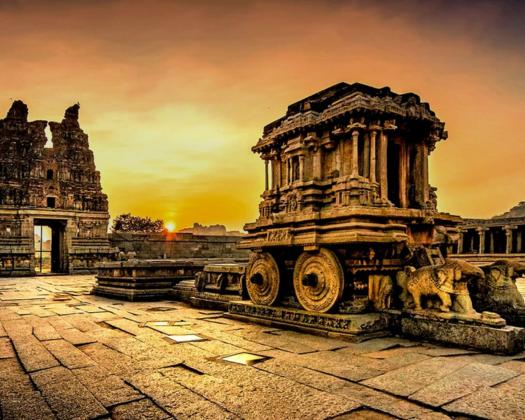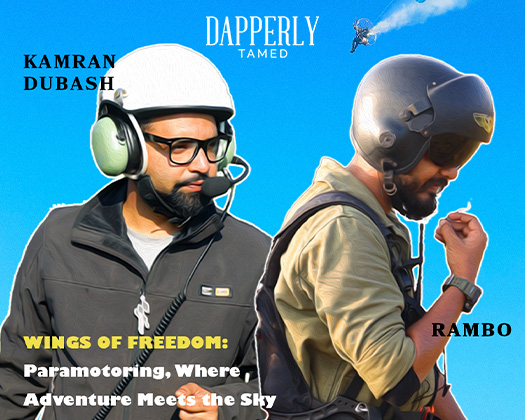Exploring Karnataka's Multifaceted Cultural Tapestry: Tradition, Attire, Festivities, and More
Nestled in the southern part of India, Karnataka beckons travelers with a tapestry woven from a myriad of cultural threads. From its vibrant art and diverse heritage to its extravagant festivals and mouthwatering cuisine, Karnataka is a treasure trove of history and tradition.
◊ Art and Culture:
Karnataka's artistic legacy spans Mysore paintings, tribal art, and the captivating heritage of Hampi. Mysore paintings, steeped in tradition and elegance, narrate tales of legends and royalty with intricate detailing and a unique style that has stood the test of time.
The state hosts 50 distinct tribes, each contributing to its cultural mosaic. Hase Chitra, a form of mud painting from Shimoga and Karwar districts, reflects indigenous artistic expressions undergoing revival.
◊ Heritage and Architecture:
Hampi, a UNESCO World Heritage Site, stands as a testimony to Karnataka's rich history. The ruins of the Vijayanagara Empire adorn the landscape with temples, architectural marvels, and the renowned Hazara Ram temple, steeped in mythical legends.
The iconic Mysore Palace, an amalgamation of Indo-Saracenic architecture, stands as a testament to the state's opulent heritage.
◊ Linguistic Diversity:
Karnataka's cultural tapestry unfolds through its diverse languages. Kannada, spoken by the Kannadigas across 30 districts, holds the mantle as the administrative and classical language.
Other prominent languages like Tulu, Konkani, Kodava, Urdu, and Beary encapsulate the linguistic richness and heritage, embodying the state's vibrant diversity.
◊ Music and Dance:
Karnataka resonates with both Hindustani and Carnatic musical traditions. The state boasts acclaimed Hindustani musicians and reveres luminaries like Basavaraj Rajguru and Puttaraj Gawai. Carnatic music, deeply rooted in Karnataka's soil, owes its evolution to stalwarts like Purandara Dasa, often hailed as the Father of Carnatic Music.
Dances like Yakshagana, an age-old art form with elements of dance, makeup, storytelling, and music, showcase Karnataka's cultural depth. Siddi community's Dammami dance, honoring tribal deities, adds another layer to Karnataka's dance heritage.
◊ Festivals and Traditions:
Karnataka's calendar brims with vibrant celebrations. Kambala, a traditional buffalo race, echoes ancient rural traditions while facing modern debates on animal welfare. Ugadi, the Kannada New Year, and Mysuru Dasara, a ten-day festivity honoring Goddess Chamundeshwari, stand as iconic celebrations steeped in history and cultural reverence.
◊ Attire and Cuisine:
The state's dressing culture embodies diversity. Kodava attire, distinct in its style, stands as an emblem of the region. Ilkal sarees, known for their handwoven craftsmanship, have garnered attention across the country, reflecting Karnataka's textile heritage.
Karnataka's cuisine offers a tantalizing array of flavors. From Neer dosa to Bisi Bele Bhaat, the cuisine is a delightful blend of vegetarian and non-vegetarian dishes, often served on banana leaves. Dishes like Kori Gassi and Mangalorean fish curry showcase the coastal influences on the state's culinary landscape.
Conclusion:
Karnataka, a cultural kaleidoscope, beckons explorers with its diverse traditions, artistic expressions, and culinary delights. Its deep-rooted heritage, manifested through art, language, festivals, and attire, paints a vivid picture of India's rich cultural tapestry.
Exploring the nooks and crannies of Karnataka offers a glimpse into a vibrant state where every facet, from art to cuisine, echoes the harmonious blend of tradition and modernity.









